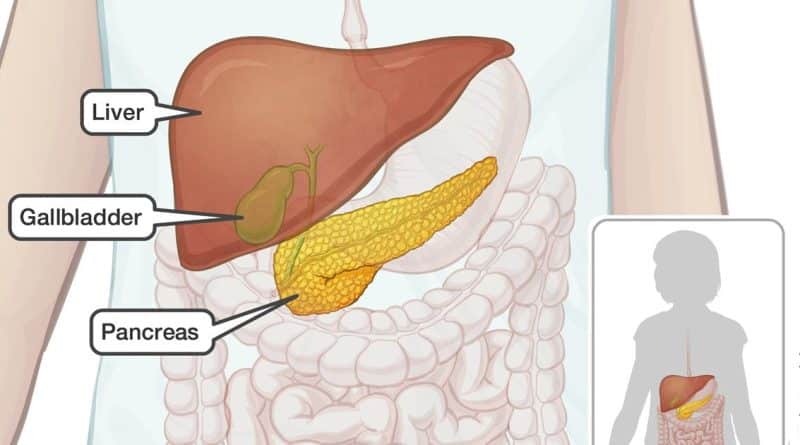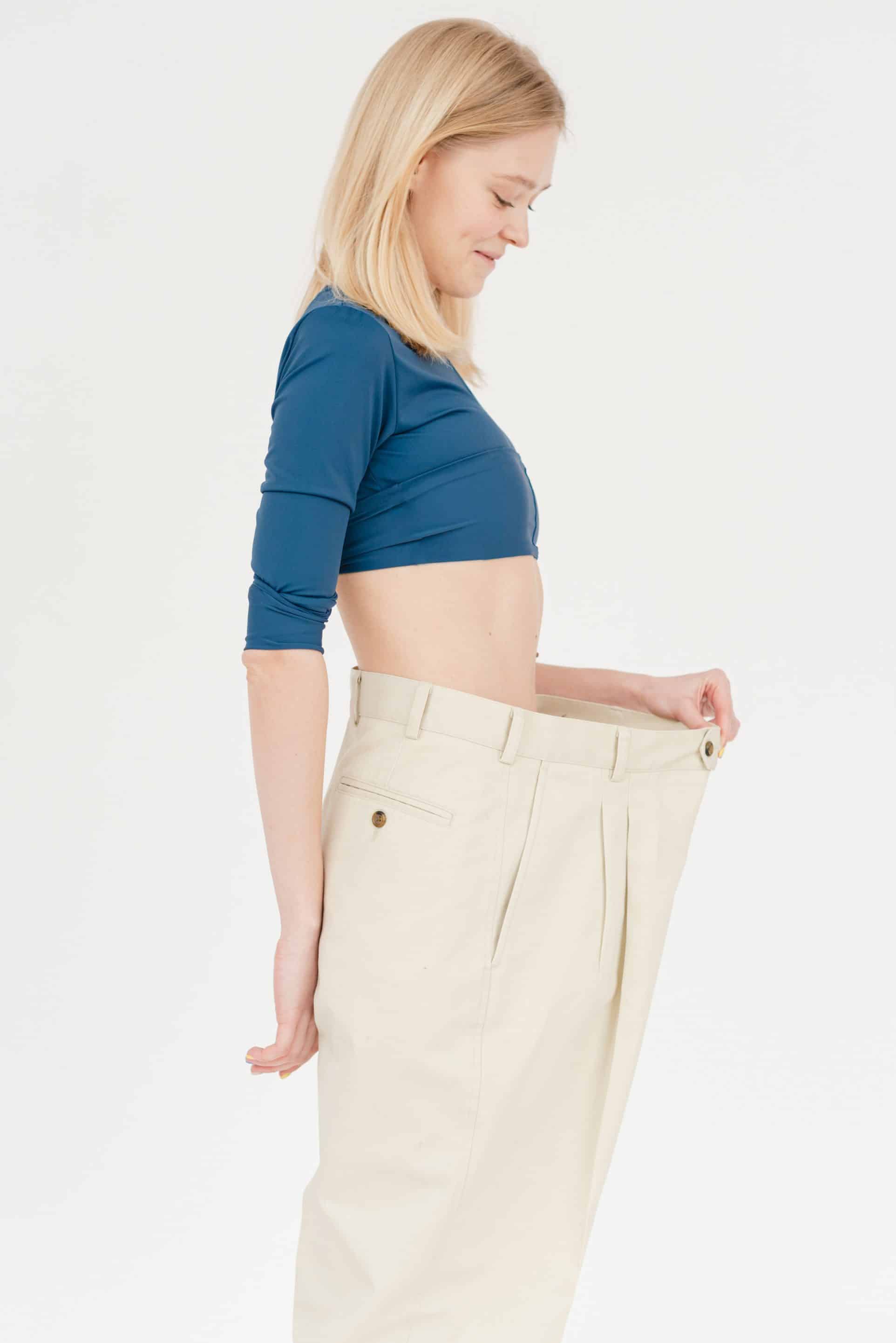A Good Diet Makes a Happy Gall Bladder
Fat and water are always insoluble unless a substance is added. In our body system, there is an essential factor to absorb and digest fats. We need bile to break down fats. Bile is secreted by the liver and stored in the gall bladder until we need to use them. If the bile contains too much cholesterol, bile salts, or bilirubin it can cause gallstones.
Gallstones are a disorder of the gall bladder and the bile ducts. It occurs frequently associated with eating a high-fat diet, refined carbohydrates, and low-fiber foods.
Some groups of people who are at risk of having gallstones are those who are obese, people with high blood cholesterol levels, women who take contraceptive pills, people with Crohn’s disease (inflammation of the ileum, large intestine, or any part of the digestive system), and ulcerative colitis (superficial inflammation of the large intestine).
If a person suffers from a gall bladder, avoid eating highly saturated fats found in pork meat, bacon, salami, sausages, ribs, and some dairy products such as milk and cheese. Fried, processed foods, eggs, citrus fruits, chocolates, carbonated soda, and coffee should also be avoided. Tofu and soy milk are one of the best alternatives for meat and fatty foods.
Since diet is one of the major causes of developing gallbladder disease, we must learn not to eat inappropriate foods. To avoid eating excess fats, try to cook your food at home. Always trim off all visible fats from meat or chicken, don’t fry rather bake, boil, grill, or steam them. Remove poultry skin before or after cooking. Choose the breast part rather than picking the wings or the skinny part of the chicken.
We can use some alternatives in choosing what kind of foods to prepare and consider the way we cook them. For meat and fatty foods, we can choose tofu ad soy milk. We can also serve jellies, lite custard, boiled sweets, wine gums, jelly babies, and marshmallows to replace chocolates, cakes, toffees, etc.
Fresh fruits are highly recommended and it’s important to eat fibrous foods. Check out your list of low-fiber foods and replace them with barley, popcorn, corn, brown rice, grain bread, buns, muffins, bagels, apricots, dates, prunes and raisin, berries, orange, apple with skin, avocado, kiwi, mango, pear, broccoli, spinach dark green leafy vegetables, peas, beans, nuts, and beans.
Eat lots of vegetables and avoid frying in butter, margarine, or oil. Drink at least two liters of water a day. Olive oil is a healthy fat because it contains monounsaturated fat, but it is still high in fat. So use it sparingly.
Many guidelines and lists of good foods are easy to follow. Always remember anything we take in excess will end up in bad condition. So it is important to eat smaller meals but take them frequently throughout the day.



